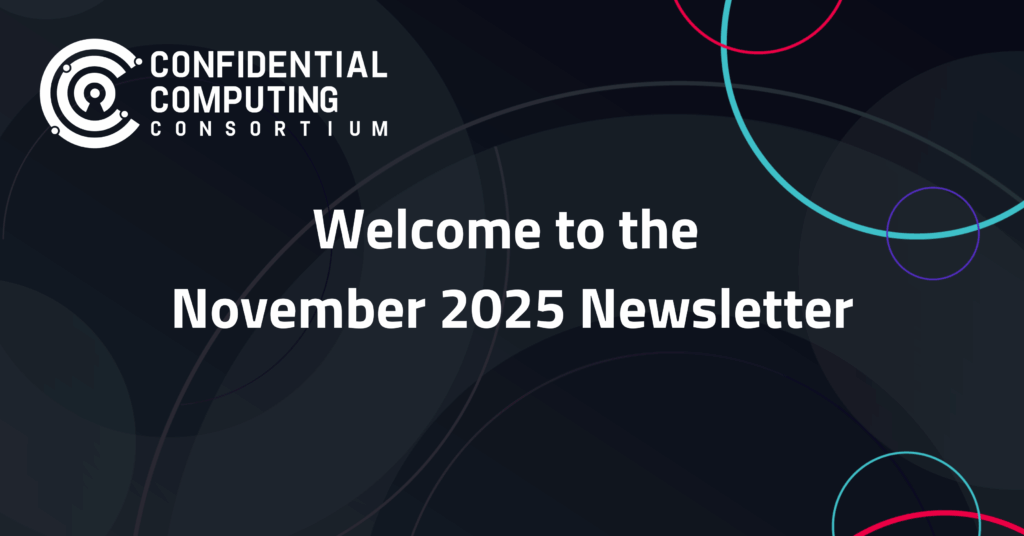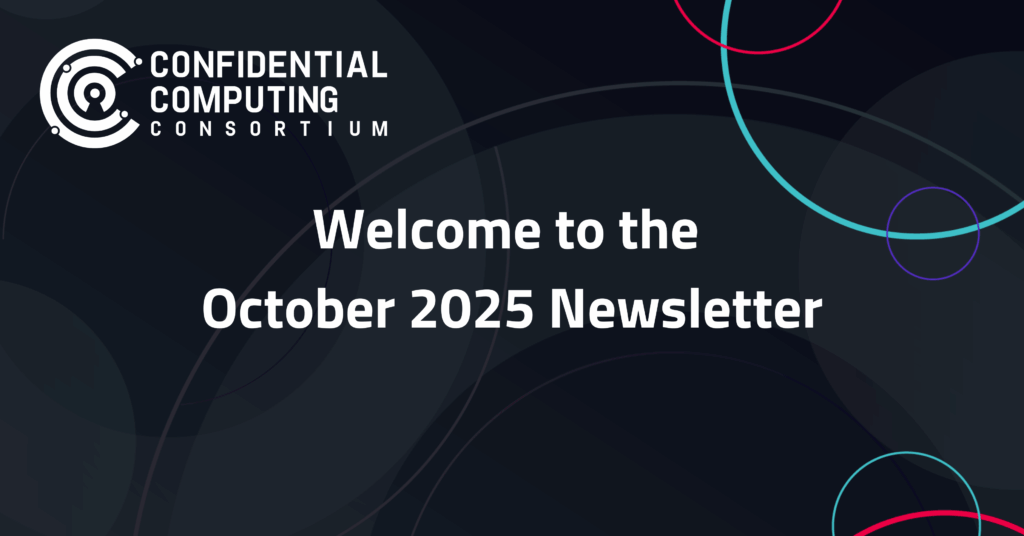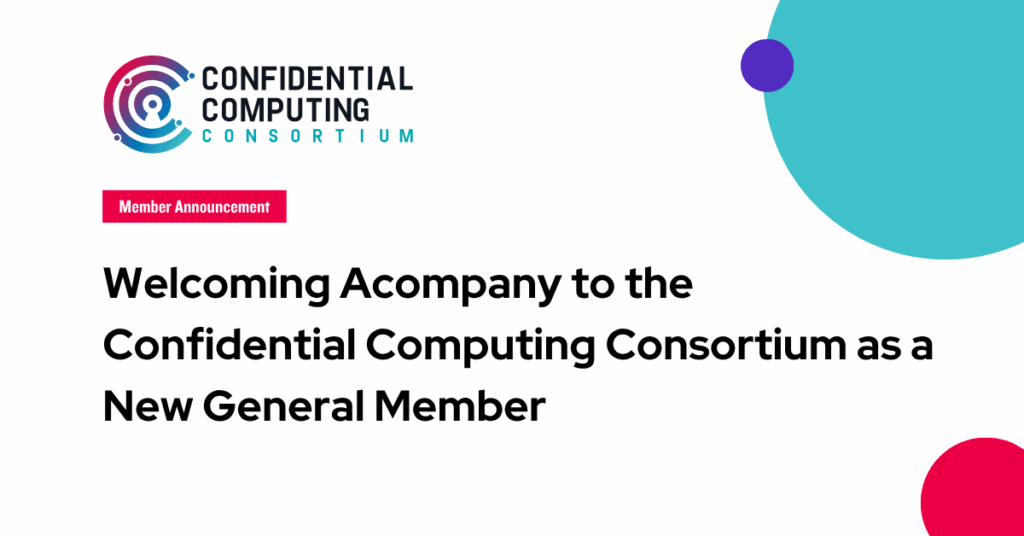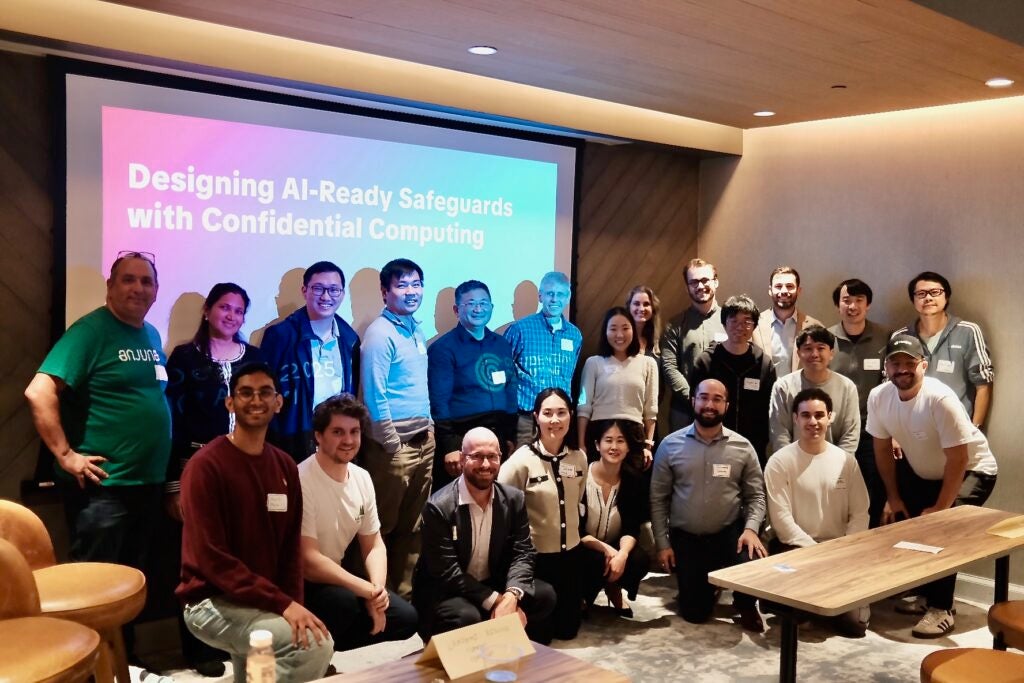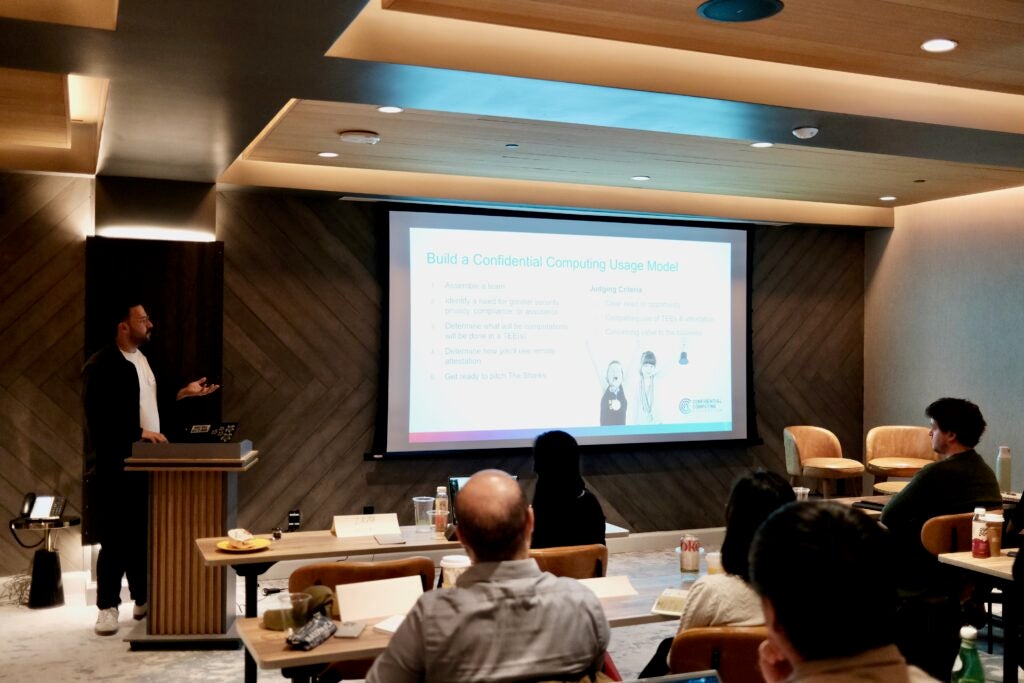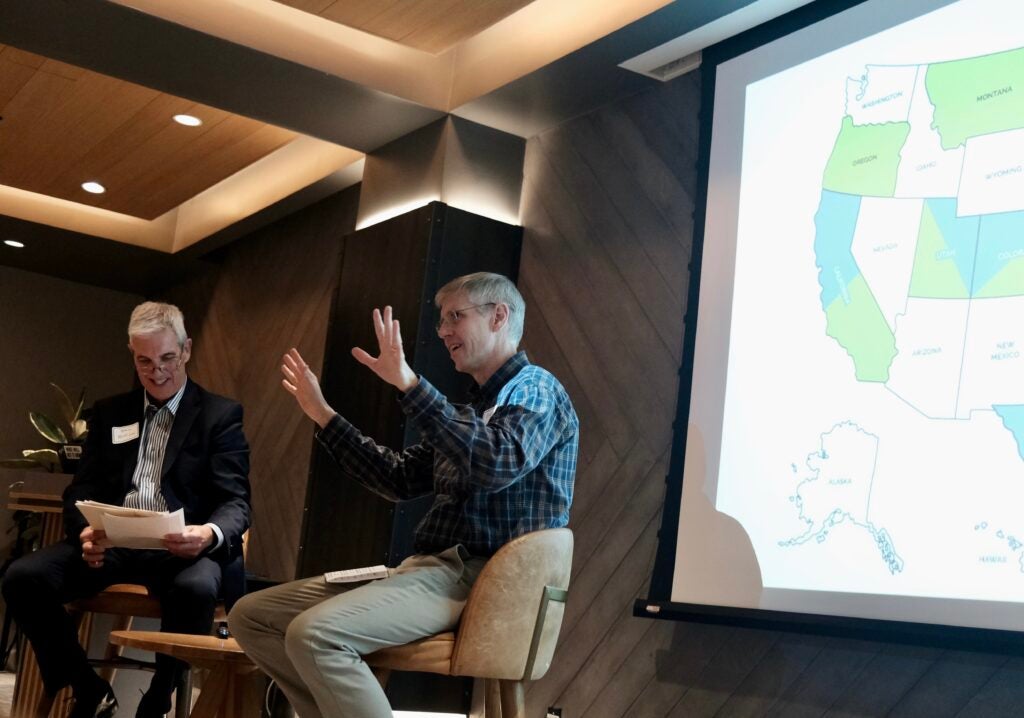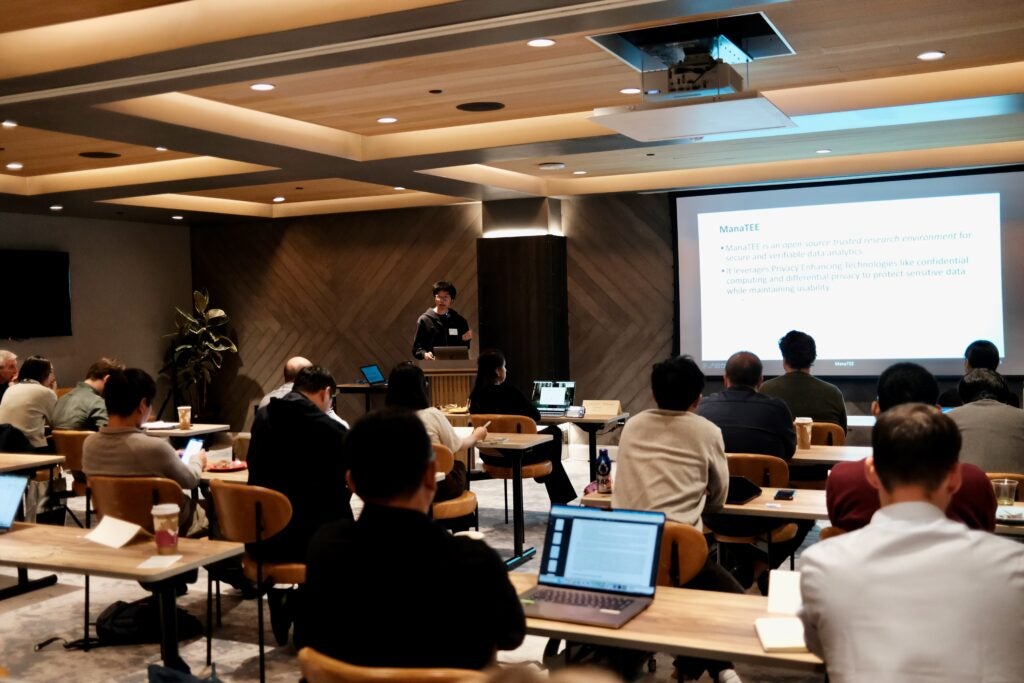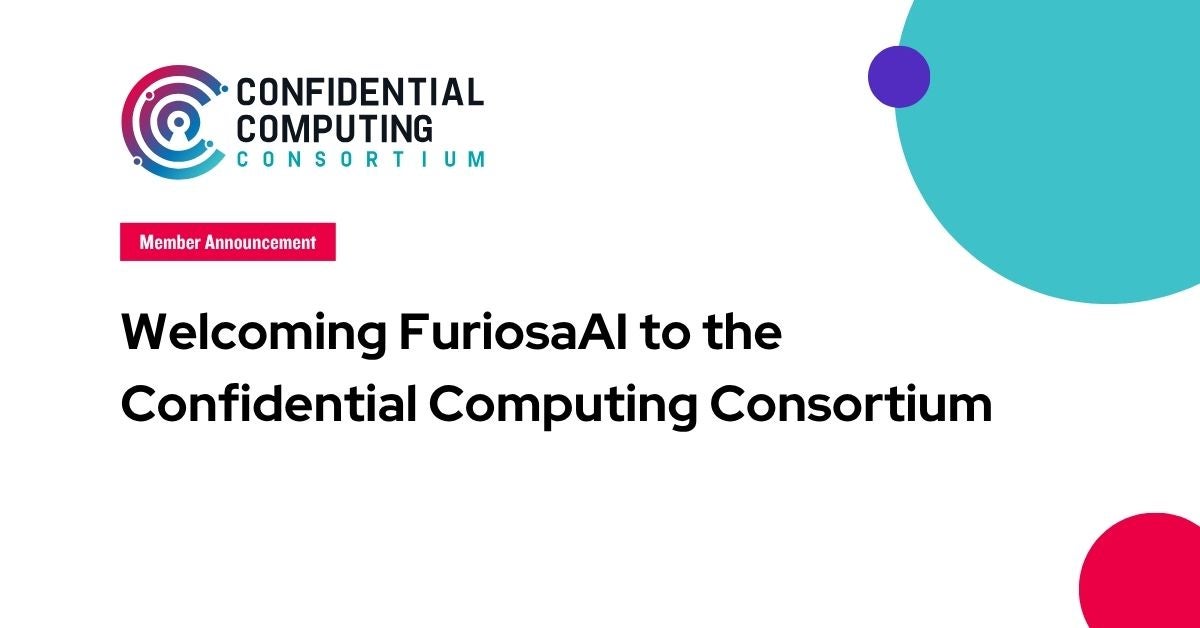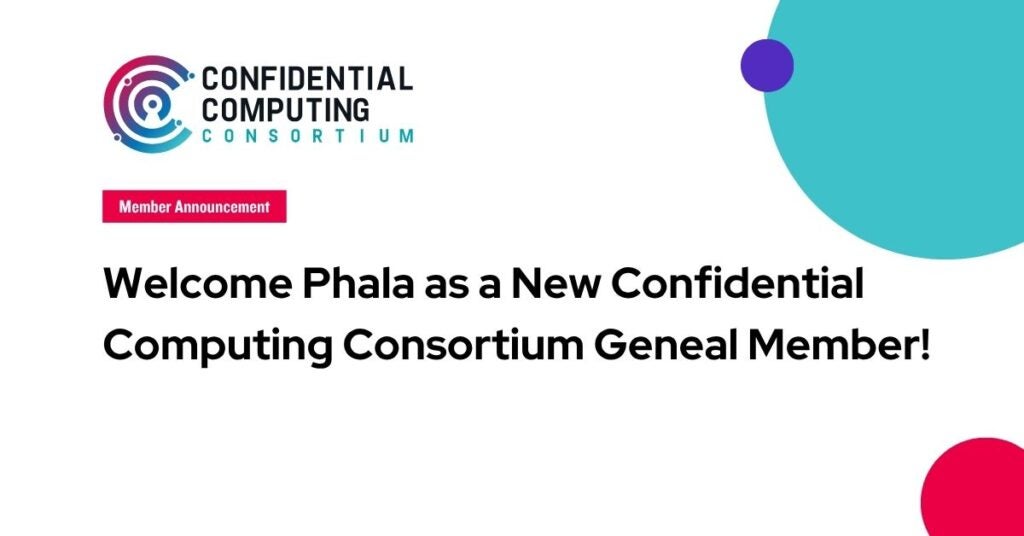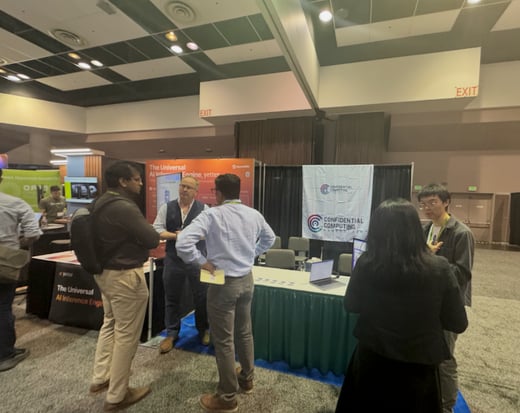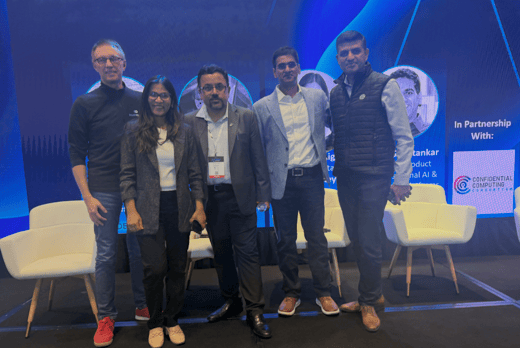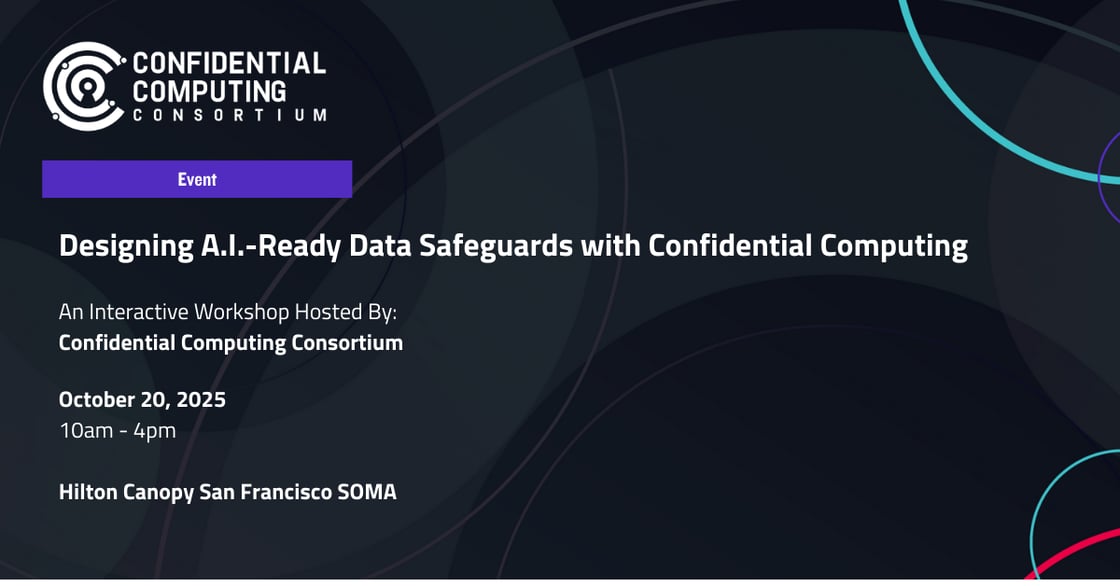Research commissioned by the Confidential Computing Consortium highlights accelerating adoption driven by AI innovation, compliance standards, and data sovereignty
Summary
- The Confidential Computing Consortium (CCC), a project community at the Linux Foundation, announced new IDC research, “Unlocking the Future of Data Security: Confidential Computing as a Strategic Imperative.”
- The global survey of 600+ IT leaders across 15 industries finds that 75% of organizations are adopting Confidential Computing, signaling its shift from niche to mainstream.
- By adding protection of data in-use, Confidential Computing is emerging as a core enabler of secure, data-centric innovation, delivering measurable gains in data integrity, confidentiality and compliance.
- Despite strong momentum, skills gaps, validation challenges and interoperability barriers persist, highlighting the need for open standards and industry collaboration led by the CCC.
SAN FRANCISCO, Dec 3, 2025 – The Confidential Computing Consortium (CCC), a project community at the Linux Foundation dedicated to defining and accelerating the adoption of Confidential Computing, today announced findings from a new survey conducted by IDC. Based on insights from more than 600 global IT leaders across 15 industries, the study, “Unlocking the Future of Data Security: Confidential Computing as a Strategic Imperative,” reveals that Confidential Computing has become a foundational enabler of modern data-centric innovation, but implementation complexities are hindering widespread adoption.
“Confidential Computing has grown from a niche concept into a vital strategy for data security and trusted AI innovation,” said Nelly Porter, governing board chair, Confidential Computing Consortium. “As international security and compliance regulations tighten, organizations must invest in education and interoperability to meet heightened data confidentiality, integrity and availability standards – and enable secure AI adoption across sensitive environments.”
Major benefits push Confidential Computing into the mainstream
Awareness and adoption of Confidential Computing continue to grow, expanding its footprint into more industries and applications. According to IDC, “this momentum reflects a broader shift toward securing data in use, driven by the need to mitigate urgent threats and enable secure collaboration in environments where sensitive data is routinely handled.” The study finds:
- 75% of organizations are adopting Confidential Computing; 57% have started piloting/testing, joining the 18% of organizations already in production
- 88% of respondents report improved data integrity as the primary benefit of Confidential Computing, followed by confidentiality with proven technical assurances (73%) and better regulatory compliance (68%)
- Confidential Computing enables top business outcomes, including accelerated innovation, enhanced regulatory compliance, increased cost efficiency and more. Confidential Computing combined with AI-driven analytics accelerates innovation by enabling secure model training, inference and AI agents on sensitive data.
- Confidential Computing stands out as a practical and scalable alternative especially when compared with more complex or resource-intensive methods. It is also applicable for standard computing workloads, without requiring rewriting of applications or algorithms.
Adoption drivers shift gears
As security, compliance, and innovation imperatives converge, Confidential Computing adoption is being fueled as a response to external regulations and an enabler for internal business transformation goals. The study finds:
- Regulatory frameworks like the Digital Operational Resilience Act (DORA) are driving adoption as 77% of organizations are more likely to consider Confidential Computing due to DORA’s specific requirement to protect data in-use.
- Workload security/external threats (56%), Personally Identifiable Information (PII) protection (51%), and compliance (50%) are the top drivers for adoption, but new use cases – especially in AI and cloud – are expanding relevance, with organizations leveraging Confidential Computing to train AI models, run inference, and deploy AI agents on regulated datasets without compromising privacy
- Public cloud users are the most likely to implement Confidential Computing technology (71%), followed by hybrid/distributed cloud users (45%), with the acceleration in these environments, driven by the need for scalable security and compliance with evolving regulatory requirements.
Geographic and industry differences highlight early leaders and emerging priorities in Confidential Computing
- Canada and the United States reported the highest percent of Confidential Computing services in full production, at 26% and 24%, respectively, followed by China and the United Kingdom, both at 20%
- Greater protection from outside attackers is the highest priority use case in the United States and Britain, whereas Canada, France, Germany and China prioritized protection of personally identifiable information, reflecting more stringent privacy regulations
- The financial services industry has the highest number percent of full production deployments (37%), followed by healthcare (29%) and government (21%)
- Healthcare respondents place a significantly higher priority on privacy-preserving data collaborations with multiple parties (78%) than financial services (61%) or government (26%), reflecting medical’s need to safeguard highly regulated data, and enable AI-powered diagnostics through privacy-preserving collaborations.
Addressing barriers and accelerating readiness
Despite strong momentum, the IDC study identifies several adoption challenges, including attestation validation (84%), misconception of Confidential Computing as niche technology (77%), and a skills gap (75%), which must be addressed through industry collaboration, education and standardization.
To address these challenges and realize the full benefits of Confidential Computing, IDC recommends that organizations:
- Start with pilot initiatives to demonstrate measurable value
- Adopt open standards and vendor-agnostic frameworks
- Invest in third-party attestation and interoperability testing
- Engage in industry-led initiatives such as those led by the CCC to align on technical assurance and trust frameworks
The next era of Confidential Computing unlocks new possibilities in identity, AI, multi-party collaboration and privacy-preserving analytics that were previously out of reach. For more information, read the full white paper here.
About Confidential Computing Consortium
The Confidential Computing Consortium (CCC) is a community focused on projects securing data in use and accelerating the adoption of Confidential Computing through open collaboration. CCC brings together hardware vendors, cloud providers, and software developers to accelerate the adoption of Trusted Execution Environment (TEE) technologies and standards. Learn more at www.confidentialcomputing.io.
